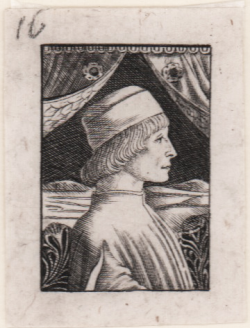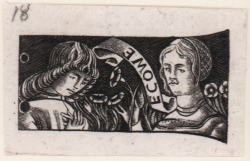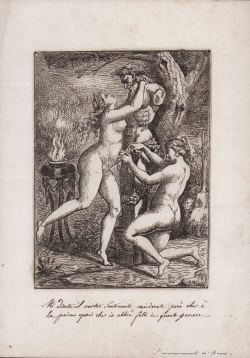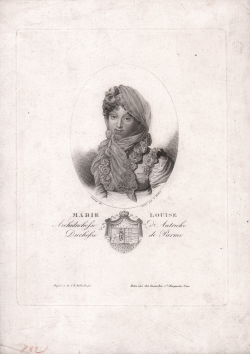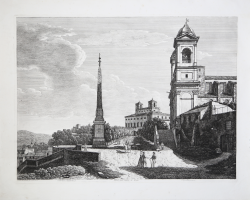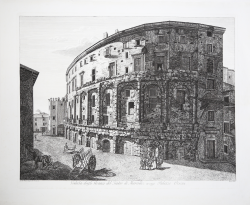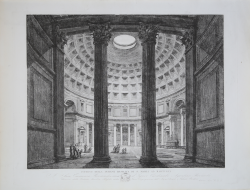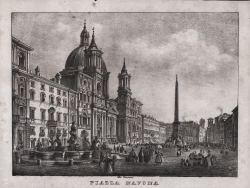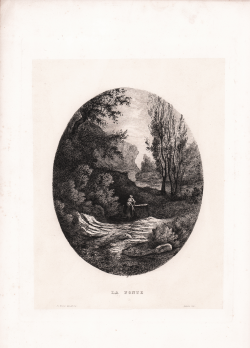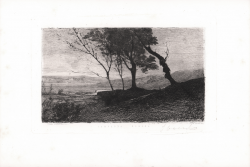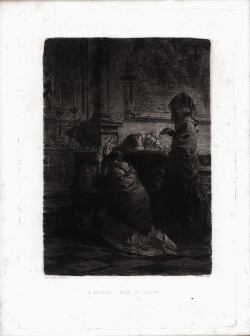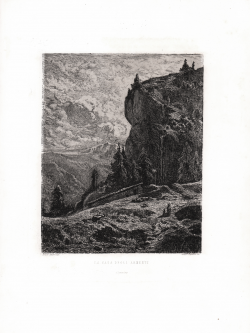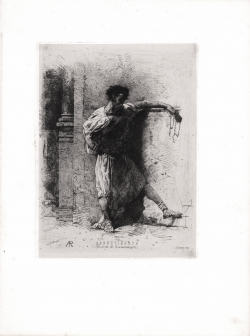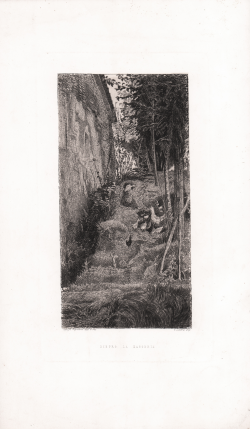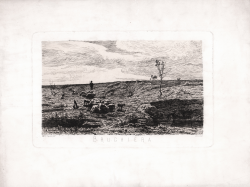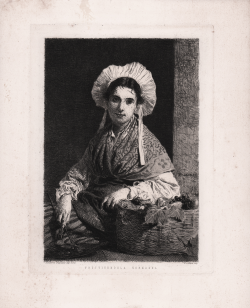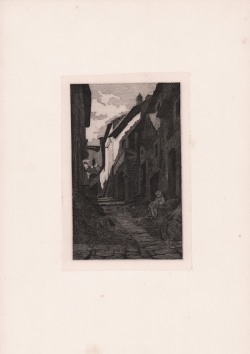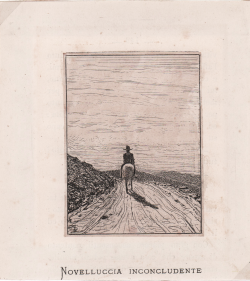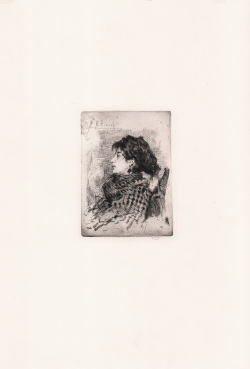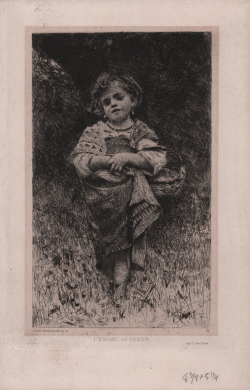Marie Louise Archiduchesse d'Autriche, Duchesse de Parme
Luigi RADOS
Code:
S45167
Measures:
205 x 270 mm
Year:
1812 ca.
Veduta degli Avanzi del Teatro di Marcello, in oggi Palazzo Orsini
Agostino PENNA
Code:
S45834
Measures:
570 x 445 mm
Year:
1828
Interno della Insigne Basilica di S. Maria ad Martyres
Antonio SARTI
Code:
A50347
Measures:
705 x 540 mm
Year:
1829
Printed:
Rome
La fonte
Ferdinando Arborio Gattinara Di Breme Sartirana
Code:
S42052
Measures:
305 x 420 mm
Year:
1864
I fratelli sono al campo! Ricordo di Venezia
Mosè Bianchi
Code:
S42093
Measures:
230 x 340 mm
Year:
1870 ca.
La casa degli armenti (The shepherds cottage)
Adolfo BIGNAMI
Code:
S42097
Measures:
190 x 250 mm
Year:
1870
Abbrutimento (Ricordo di Costantinopoli)
Alberto PASINI
Code:
s42094
Measures:
172 x 225 mm
Year:
1870
Dietro la masseria (Behind the farmhouse)
Adolfo BIGNAMI
Code:
S42096
Measures:
150 x 265 mm
Year:
1872
Portrait of the wife Carolina Marignani
Mosè Bianchi
Code:
S47288
Measures:
100 x 140 mm
Year:
1880 ca.

